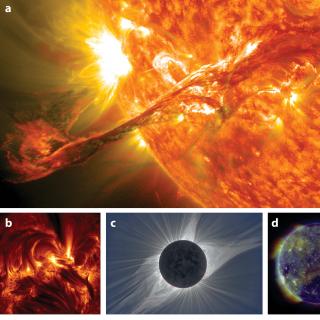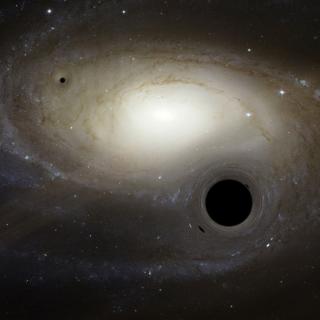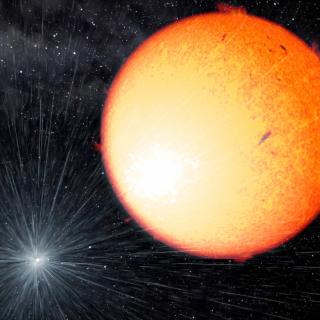
An international team of astronomers, in which IAC researchers participate, have discovered barium, the heaviest element ever found in an exoplanet atmosphere. It has been discovered at high altitudes in the atmosphere of the exoplanets WASP-76 b and WASP-121 b, two ultra-hot gas giants. The unexpected discovery, made possible by the ESPRESSO instrument at the European Southern Observatory's Very Large Telescope (ESO's VLT), raises questions about what these exotic atmospheres may look like. WASP-76 b and WASP-121 b are no ordinary exoplanets. Both are referred to as ultra-hot Jupiters as
Advertised on




